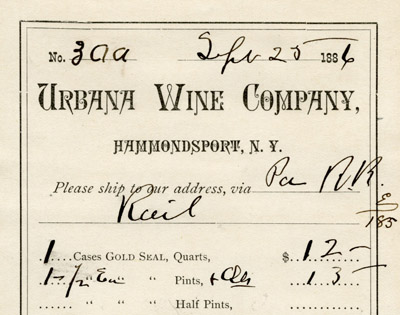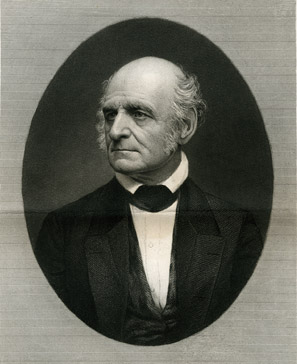UMass Educational Television Collection
In 1993, UMass Educational Television was created by Dean Bailey Jackson and Associate Dean for Academic Affairs Jay Carey to establish a creative media outreach project for the School of Education. Professor Liane Brandon was asked to be the Director with Associate Dean Jay Carey as Co-director. Working in collaboration with staff member Scott Perry, they designed UMass Educational Television to provide the public with innovative, original, educational programming using the resources of the School of Education and the University, and to serve as a hands-on learning laboratory for students and teachers. They became the only School of Education in the country to produce original educational programming for cable/home audiences. Despite the positive reception of the programs produced, funding for the UMass Educational Television was cut and production ceased in 2003.
The UMass Educational Television Collection consists of many of the original programs they developed and created: Try This At Home, Fresh Ink, Who Knows? Pet Tales, Valley Vignettes, Hi Mom!, and Fine Print. Show flyers, posters, production files, and awards provide insight into the creation and reception of programs.



